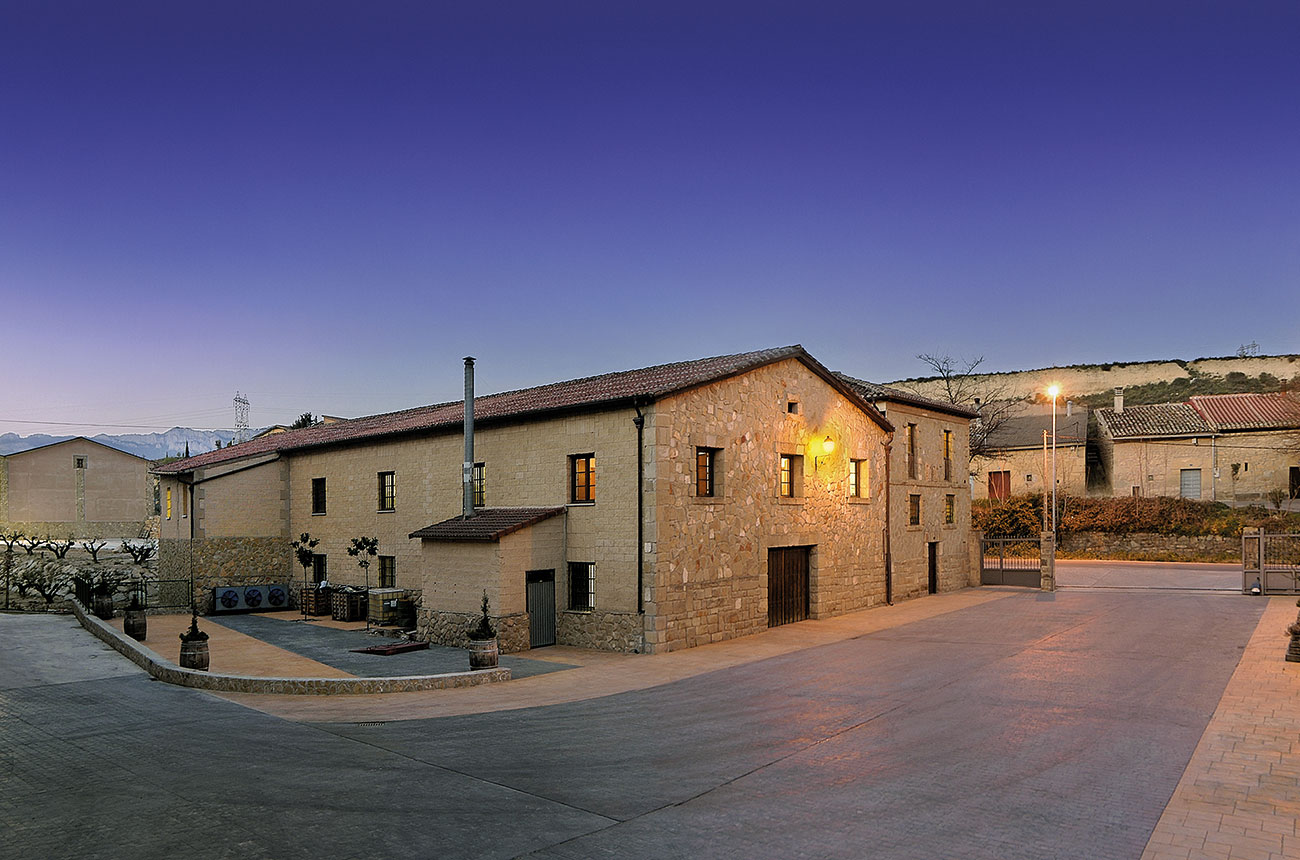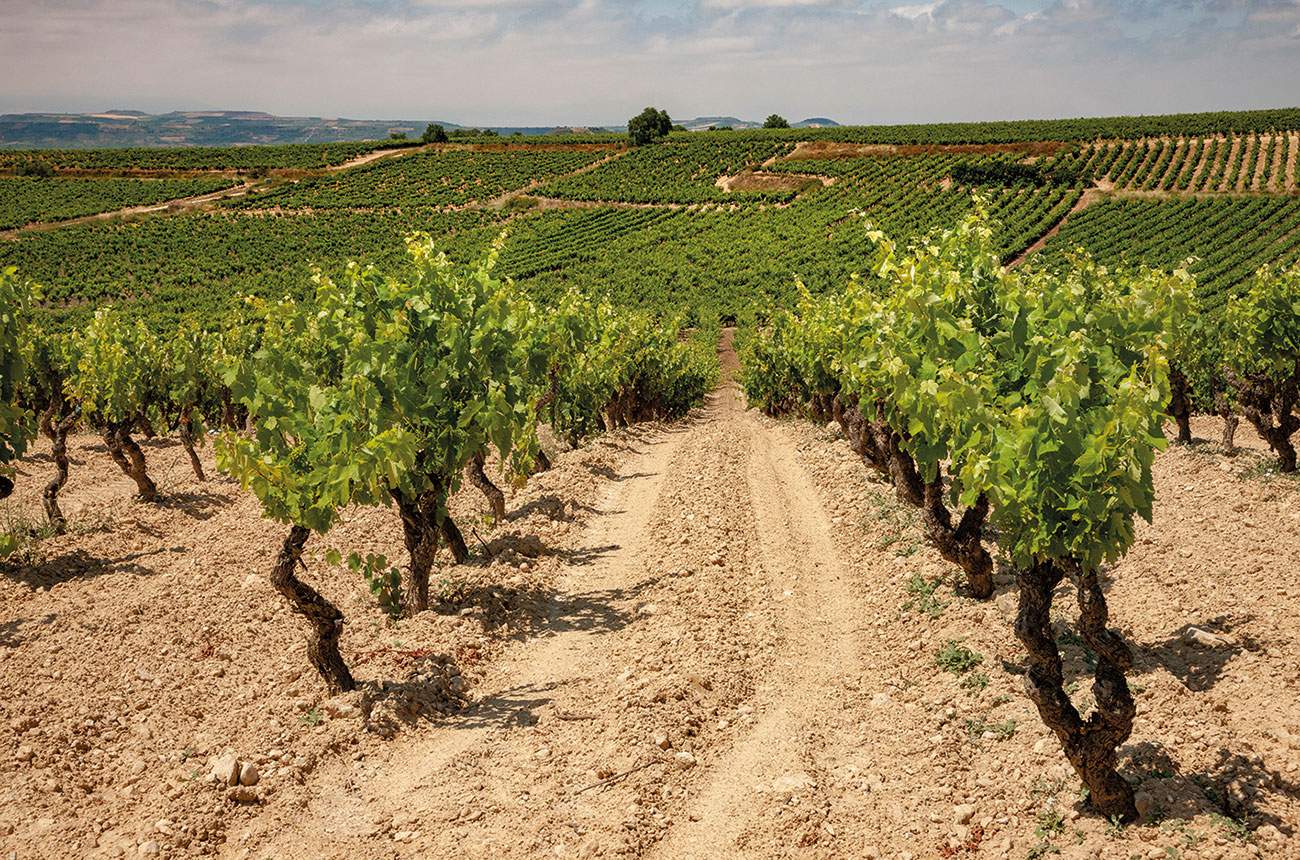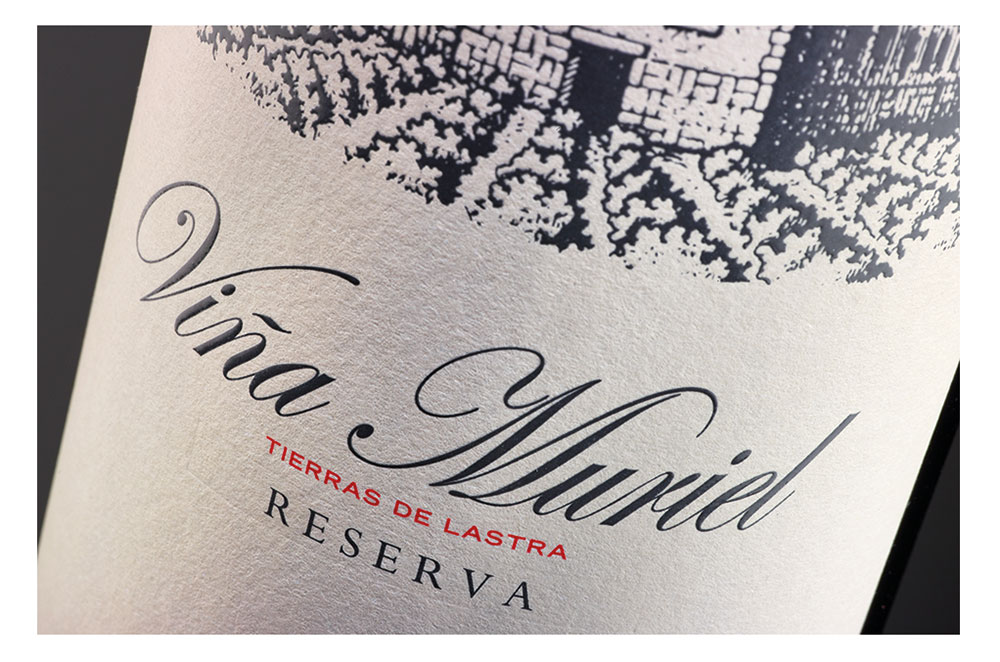In a historic wine-producing region such as Rioja, traditions are important. Building its reputation on quality and consistency, Rioja has become known for its long-lived wines, categorised by their ageing regime: crianza, reserva and gran reserva.
Producers such as Bodegas Muriel, based in Rioja Alavesa for almost 100 years, are proof that experience matters. Founded by José Murúa – who named his business by combining the family name, Murúa, with the village in which they were based, Elciego – Bodegas Muriel blends family tradition with regional expression.
‘Historically at Muriel we have gained recognition because of the consistency and value of our wines,’ says winemaker Chema Ryan Murúa. The winery has perfected the art of blending, using grapes with the necessary structure, acidity and balance to create wines capable of ageing for the crianza, reserva and gran reserva categories.
‘To achieve our style we do blending work using different wines from many different vineyards in our area. We blend wines from vineyards that confer ripeness and structure, with others that give freshness and acidity,’ explains Murúa. ‘This is determined by the vineyard-specific terroir. In Elciego, white calcareous soils produce mature and ripe wines; while dark alluvial soils confer freshness, fruit and acidity. This is the magic of blending different terroirs with the same Tempranillo grape.’

New classifications
Such detailed knowledge of vineyards and terroirs has always been present in Rioja but, until recently, wineries were not allowed to mention the exact origin of their wines on bottle labels. Thanks to new classifications introduced in 2017 and fully implemented in 2019, that situation has now changed.
The introduction of a classification of Rioja based on the origin of the grapes means that wineries such as Muriel are now free to define their wines by sub-zone (Rioja Alavesa, Alta and Oriental), village (Village wines) or even a specific vineyard (Viñedos Singulares).
Consequently, increasingly knowledgeable wine lovers can now choose Riojas either based on the amount of ageing or on the origin of the wine – which Murúa believes is a positive step forward for the region.
‘I feel consumers make their purchase choice based on multiple factors: grape variety, country of origin, age of the wine, moment of consumption… So producers have to offer a wider range of wines to satisfy the demand of a much more educated drinker in terms of wine knowledge and criteria,’ he explains.

Site-specific
In response to the new classifications of origin – and as part of its ongoing commitment to the evolution and improvement of its wines – Muriel has released three new wines to stand alongside its existing selection of Muriel Crianza, Reserva and Gran Reserva and its top-of-the-range Viña Muriel Reserva and Gran Reserva.
The first, Viña Muriel Rioja Alavesa, embodies the personality of the northern sub-zone Rioja Alavesa, a landscape characterised by small (around 0.5ha) vineyard plots at altitudes ranging from 350m up to 700m at the base of the Sierra de Cantabria mountains. The sub-zone contains a diverse selection of soil types, including the typical white clay stony calcareous soils, red soils that are a mix of lime and clay, plus alluvial sandy riverside soils. This geology and the mountainous micro-climate produce Riojas with a distinctive sense of depth and minerality.
The second launch, Viña Muriel Village Wine (Elciego), drills down into the specific terroirs of Elciego. Located in southern Rioja Alavesa, Elciego is home to both alluvial sandy vineyards by the Ebro river (producing fresh, fruity wines) and high terraced vineyards of white clay calcareous soil, which lend structure and length to their wines.
Finally Viña Muriel Poncoles is the winery’s Viñedo Singular, which expresses the specific terroir of one vineyard. Planted in 1961, the Poncoles vineyard is located in northern Rioja Alavesa, very near to the Sierra de Cantabria mountains at an altitude of 620m. Soils here are brown calcareous clay and sand, planted mainly with Tempranillo but with some scattered Viura vines. The fresh, elegant wines it produces exemplify the particular terroir of the site.
‘These new launches from Viña Muriel show wine lovers the great diversity of terroirs that we have in our region,’ concludes Murúa. They represent a welcome opportunity for Rioja fans to discover more about the region and wines they already love.

Wines to try
Viña Muriel Rioja Alavesa
Made exclusively with grapes from the Rioja Alavesa sub-zone. Red fruit notes on the nose and palate, which demonstrates great balance of ripeness and freshness. Oak maturation lends subtle complexity with characteristic liquorice notes.
Viña Muriel Village Wine (Elciego)
Sourced from vineyards in Elciego in southern Rioja Alavesa. A mix of alluvial sandy sites by the Ebro river and high terraced vineyards of white clay calcareous soil produce a fresh and fruity wine with good structure and length.
Viña Muriel Poncoles
From the calcareous clay and sand Poncoles vineyard, planted in 1961 at 620m. A blend of Tempranillo with a little Viura, this is a fresh, elegant wine with a lingering finish and a real sense of place.







